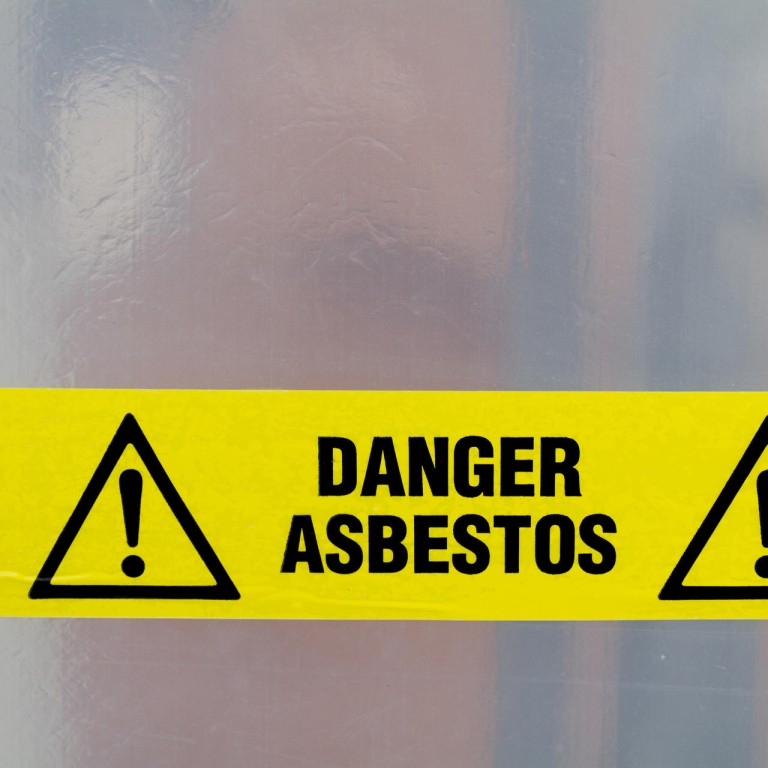
Quiz: Asbestos
The cancer-causing agent asbestos recently returned to the headlines after residents living in a government-owned block of flats at Mount Butler were notified of inspections for the harmful substance, reportedly the first time in five years.
Residents have expressed concern for their health, although a government spokesman said the asbestos at the property was "sealed/encased in concealed locations which are normally out of reach by occupants and so its existence poses no health risk".
In February, similar asbestos-affected blocks on Borrett Road were demolished without proper safety precautions, and residents were concerned about the demolition work's proximity to schools and several kindergartens.
According to the US National Cancer Institute, asbestos is a group of minerals that occur naturally in the environment as bundles of fibres that can be separated into thin, durable threads.
These fibres, which do not conduct electricity, are resistant to heat, fire and chemicals.
As such, asbestos has been used widely in many industries, from construction to cars - and even in making some children's crayons.
When products containing asbestos are disturbed, tiny asbestos fibres are released into the air. When these fibres are inhaled, they may get trapped in the lungs and remain there for a long time.
Over time, these fibres can accumulate and cause scarring and inflammation, which can affect breathing and lead to serious health problems. Mesothelioma is the most common form of cancer associated with asbestos exposure.
Workers exposed to asbestos as part of their job are at significantly greater risk of heart disease and stroke than the general population, according to research published in April in the journal.
The three most common types of asbestos are chryostile (white), amosite (brown) and crocidolite (blue). The latter two are banned in Hong Kong, but the government allows the import and sale of white asbestos because it poses relatively lower health risks and because the importing of the substance has already declined significantly.
How much do you know about asbestos? Test yourself here.
a. a few days
b. a few months
c. possibly forever
a. dust
b. whipped cream
c. cotton candy
a. baby clothing
b. furniture
c. books
a. a dry sort of taste
b. if it looks fluffy or flaky
c. mainly by colour
Answers: 1. c; 2. c (the individual fibres, however, are naked to the eye); 3. a; 4. none (suspected asbestos fibres should be lab tested)
